15 Truths About Whether Fresh, Frozen, Or Canned Is Healthiest

Fresh food sounds like the gold standard, but that isn’t always the whole story. Frozen and canned foods often surprise with just how nutritious they can be. With today’s technology, many preserved items hold onto flavor and nutrients longer than you’d expect. This list unpacks what really matters when choosing between the produce aisle, freezer section, or pantry shelf.
1. Fresh Produce Can Lose Nutrients Over Time
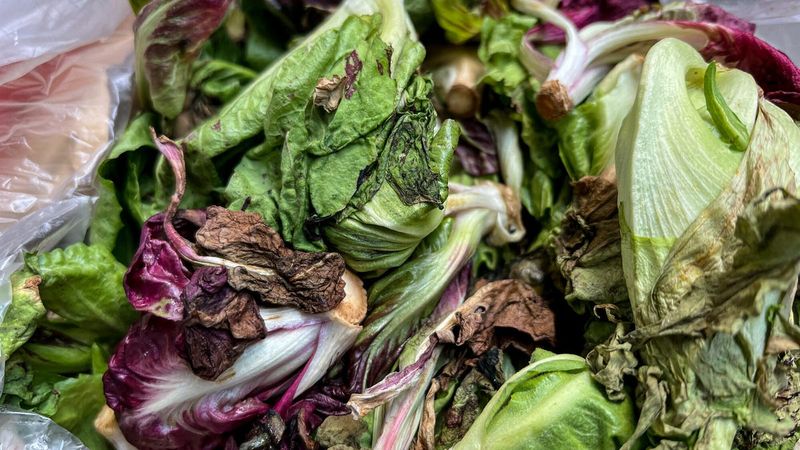
Harvesting starts the clock on nutrient loss, especially for delicate vitamins like C and folate. Long transport and storage times only accelerate the drop.
Even if something looks bright and crisp at the store, it may have traveled days from farm to shelf. The fresher it’s eaten, the better.
2. Frozen Fruits And Veggies Are Often Picked At Peak Ripeness
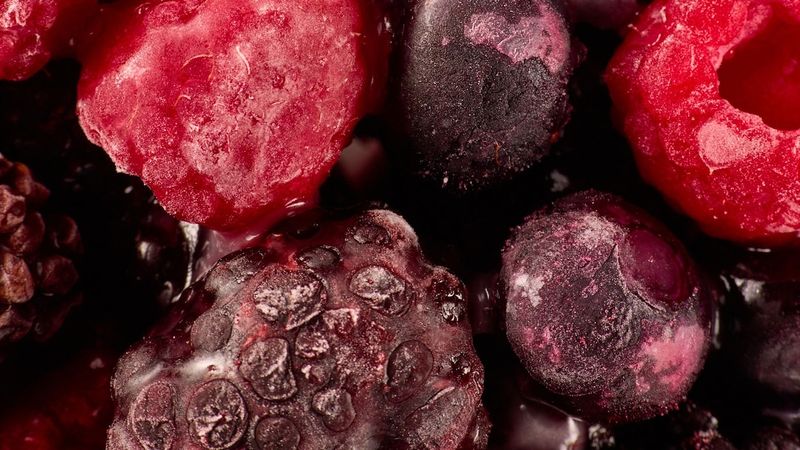
Frozen produce is usually harvested and flash-frozen within hours, locking in nutrients and flavor. This process preserves its natural goodness.
Those berries or peas might be more vibrant than what’s been sitting in the crisper drawer. Flash-freezing also helps avoid spoilage before use.
3. Canned Foods Can Be High In Sodium
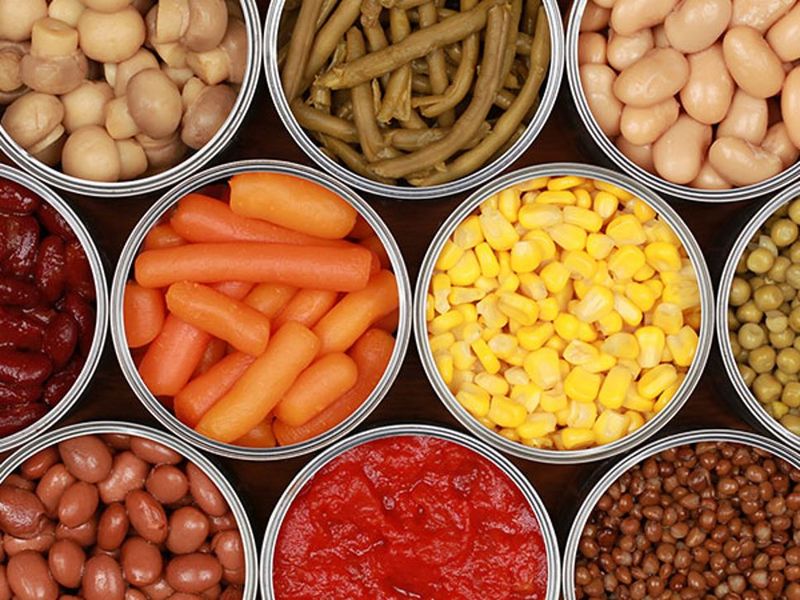
Many canned goods rely on salt as a preservative and flavor enhancer. Excess sodium may raise blood pressure and contribute to water retention.
Reading labels is key to spotting high-sodium varieties. Choose low-sodium or no-salt-added versions when possible, especially for heart health.
4. Frozen Options Usually Keep Most Of Their Nutrients
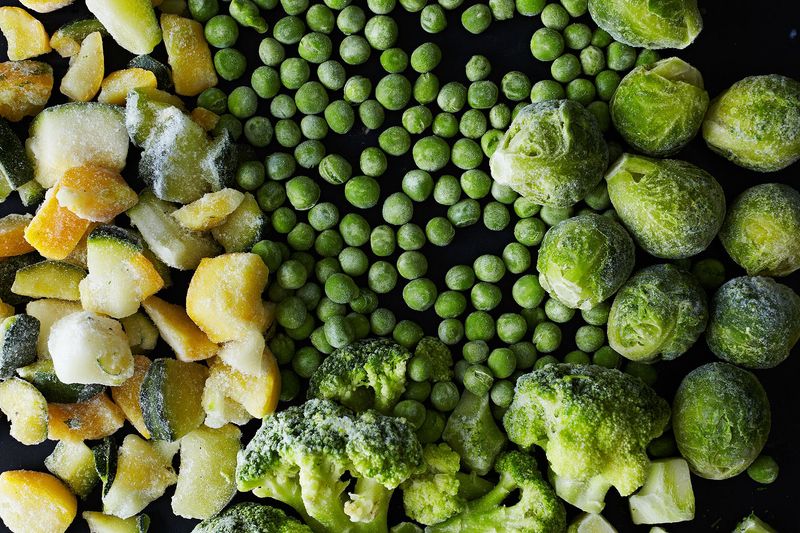
Quick-freezing protects vitamins and antioxidants by slowing oxidation. It also helps retain bright color and firm texture in vegetables.
Compared to produce stored too long, frozen versions may offer a better nutritional profile. Broccoli and spinach are standout examples.
5. Canning May Reduce Some Heat-Sensitive Vitamins
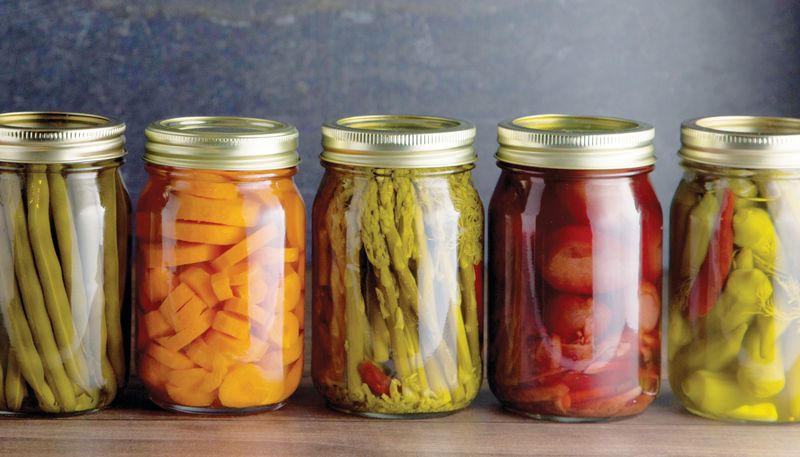
The high heat needed for canning can lower levels of vitamin C and B-complex nutrients. This is especially true in soft fruits and greens.
Minerals like potassium and iron remain mostly intact, though. What’s lost in vitamins can be balanced by convenience and shelf life.
6. Fresh Isn’t Always Fresher By The Time You Eat It
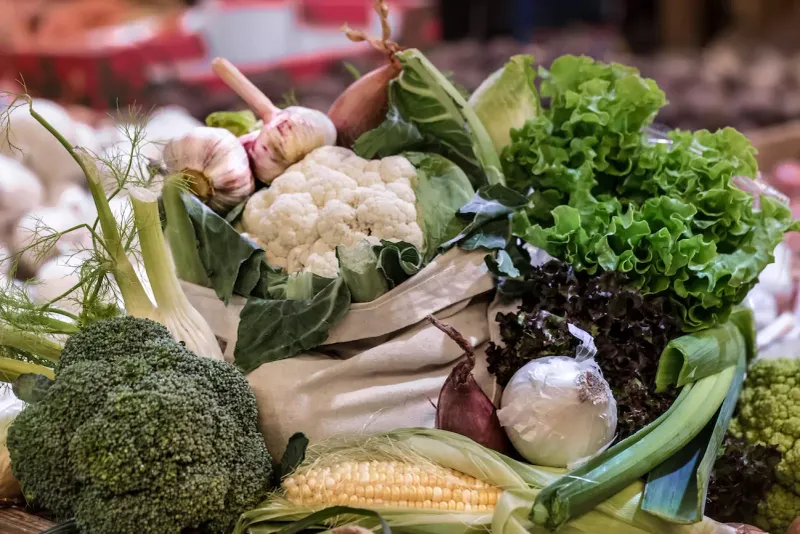
That beautiful tomato may have been picked green and ripened in transit. Apples can sit in cold storage for months before reaching shelves.
Seasonality and source matter just as much as the label says “fresh.” Local and in-season often beat out far-shipped produce.
7. Frozen Foods Often Have No Added Preservatives
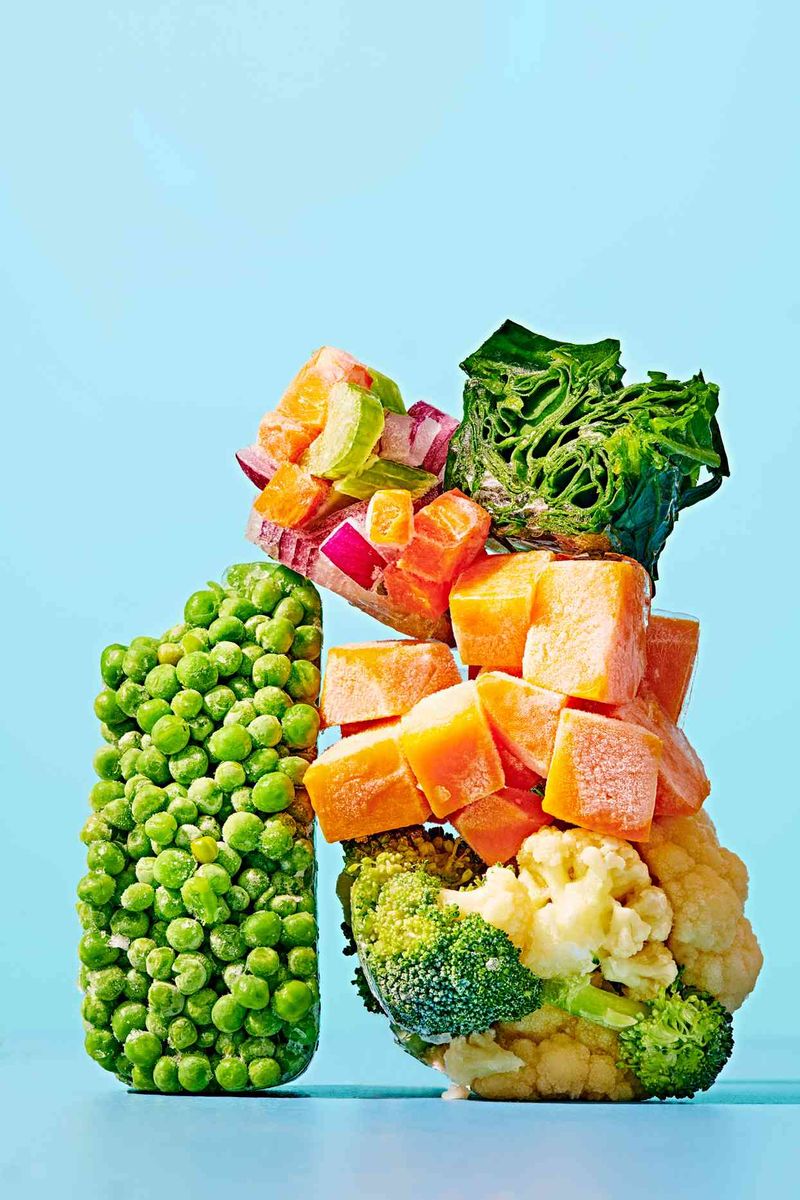
Freezing naturally halts bacterial growth, so chemical preservatives are often unnecessary. Ingredient lists tend to be short and simple.
Look for options without sauces or seasoning for the cleanest choice. Frozen plain fruits and veggies are usually the healthiest bet.
8. Canned Foods Can Be A Budget-Friendly Healthy Option

Beans, tomatoes, and even canned salmon offer nutrients at a lower price than their fresh counterparts. Their long shelf life cuts down on waste.
These staples work well in soups, stews, and salads. Keeping a few cans on hand helps support nutritious meals on busy days.
9. Some Canned Foods Contain Added Sugar
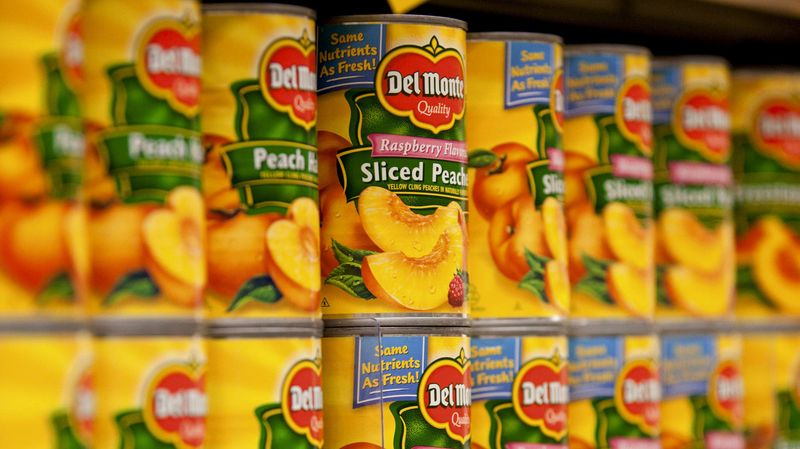
Fruits packed in syrup and sweetened vegetables can sneak sugar into meals. That adds calories and may disrupt blood sugar balance.
Look for fruits in water or 100% juice and vegetables labeled “no sugar added.” Ingredient lists help reveal hidden sweeteners.
10. Vitamin C And B Vitamins Are Most Sensitive to Processing
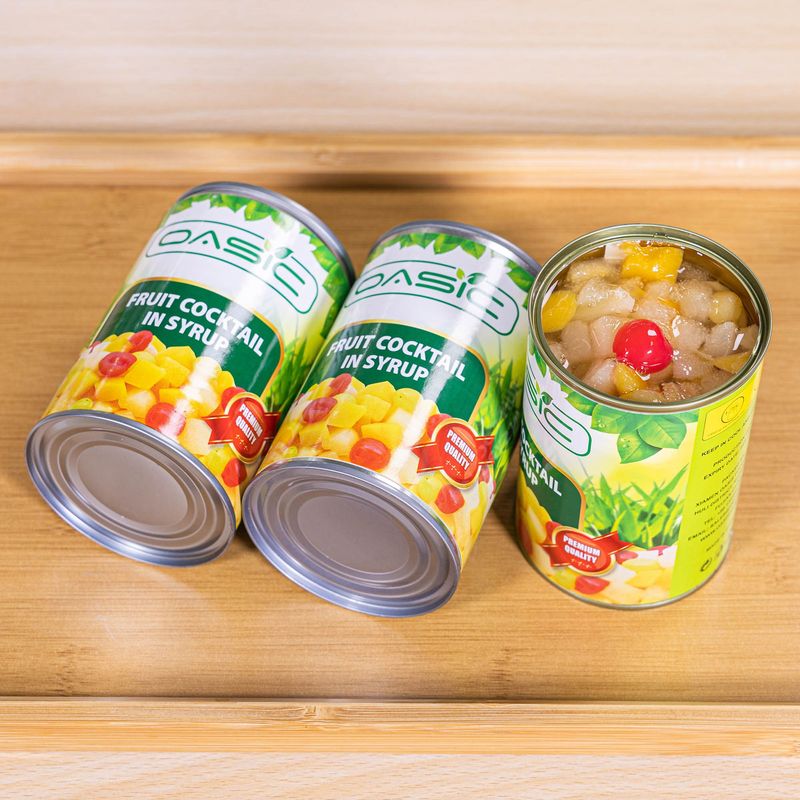
These water-soluble vitamins degrade quickly with exposure to heat, light, or oxygen. Canning and reheating can reduce them further.
Boiling fresh veggies can cause similar losses, though. Cooking methods play just as much a role as the food’s form.
11. Fiber Content Stays Fairly Stable Across All Three
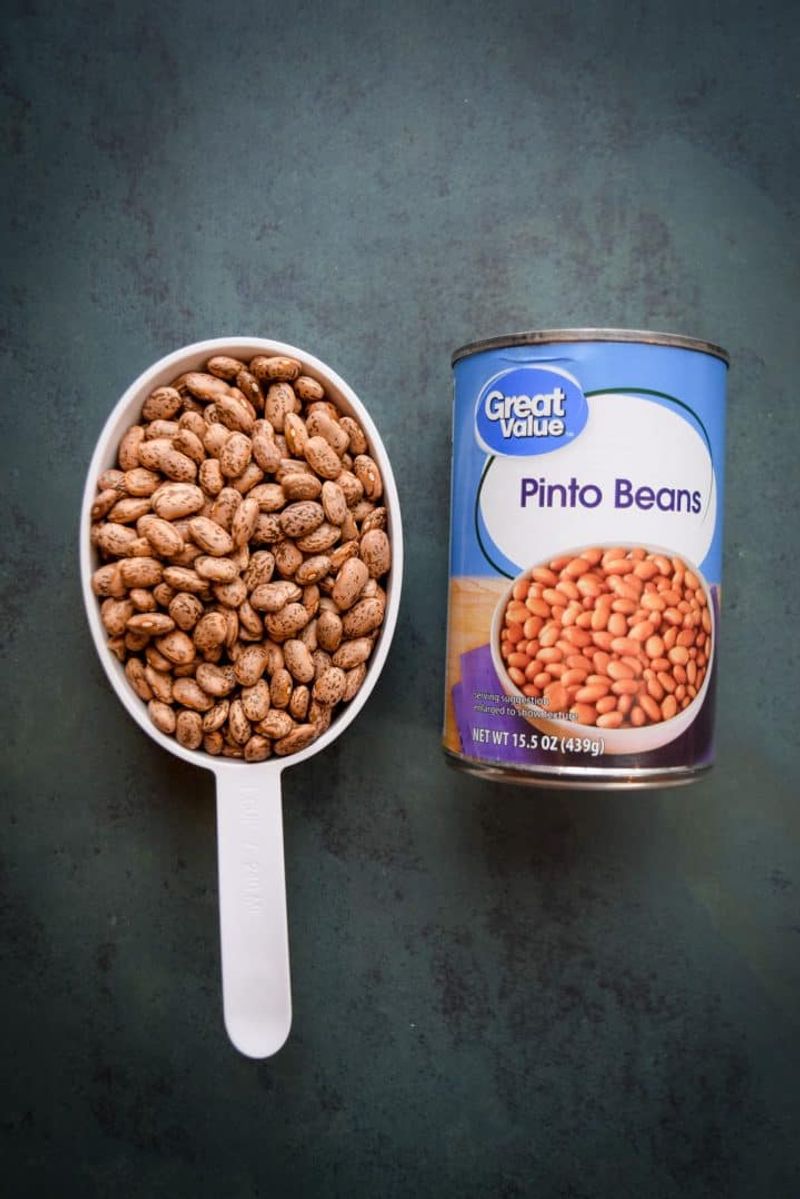
Dietary fiber resists temperature changes, meaning it survives freezing and canning with minimal change. Beans, greens, and berries hold up well.
Even canned beans retain their fiber benefits. A quick rinse improves flavor and cuts sodium while keeping their digestive perks.
12. Frozen Can Sometimes Beat Fresh For Nutrient Retention
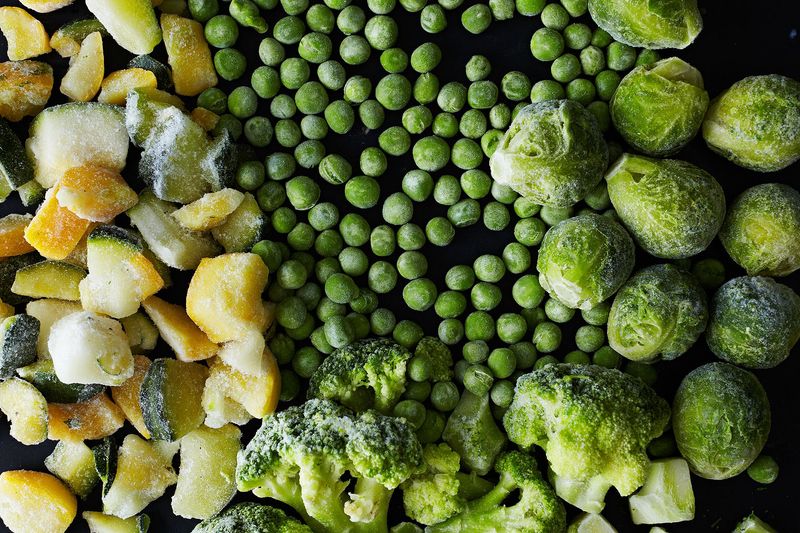
Produce frozen right after harvest may hold more vitamin C than items picked early and stored too long. Green beans are a good example.
Flash-frozen spinach can rival or outperform fresh, especially when the fresh version has aged in transit or on a shelf.
13. Rinsing Canned Foods Helps Lower Sodium
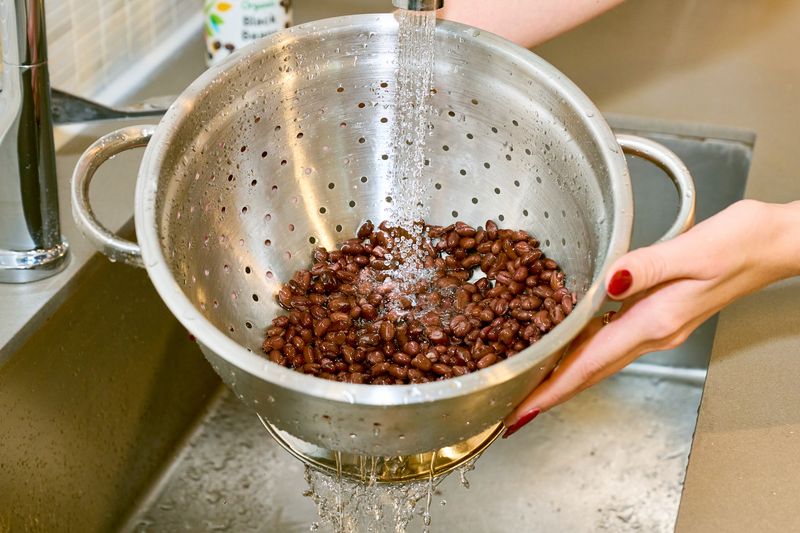
Draining and rinsing canned beans or vegetables can reduce sodium by as much as 40%. That’s a simple fix with real impact.
Pour into a colander and run under water for 30 seconds. This step also improves taste by removing metallic or salty residue.
14. Texture And Taste May Differ But Not Nutrition
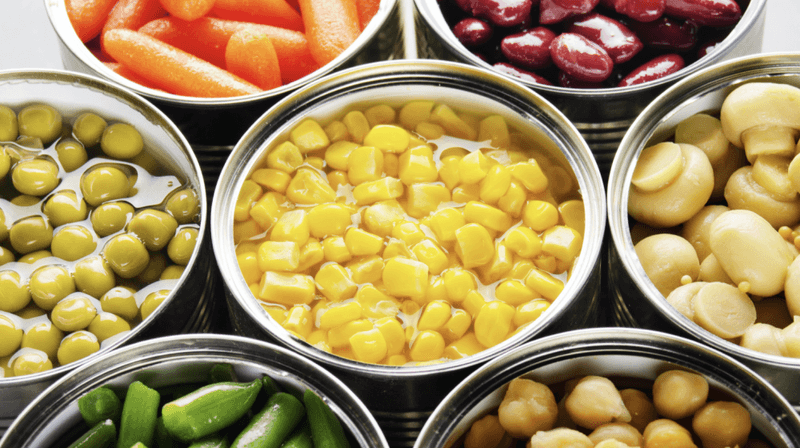
Frozen peas may be softer than fresh, and canned carrots sweeter than expected. These changes affect mouthfeel but not health value.
Use canned or frozen items in recipes where texture is less important, like soups, purees, or casseroles.
15. The Healthiest Choice Often Comes Down To How You Use It
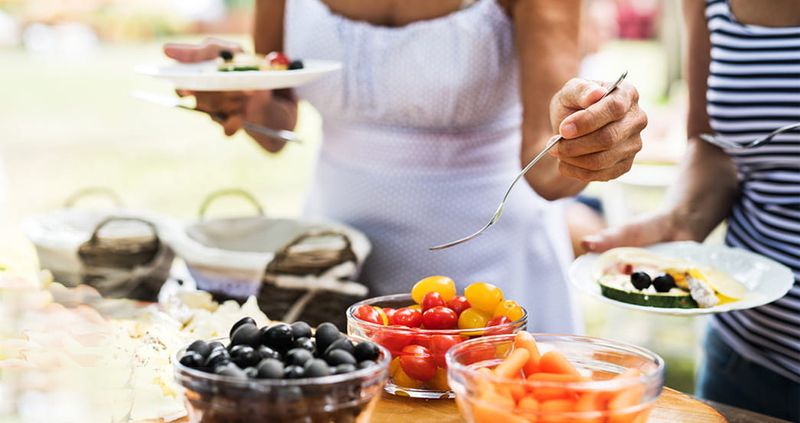
A fresh zucchini fried in oil isn’t better than frozen broccoli steamed with herbs. Preparation makes a major difference.
Aim for simple, whole-ingredient dishes that preserve nutrients. Whether fresh, frozen, or canned, thoughtful cooking matters most.
